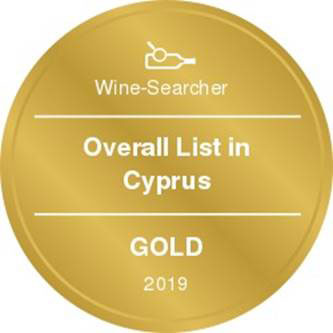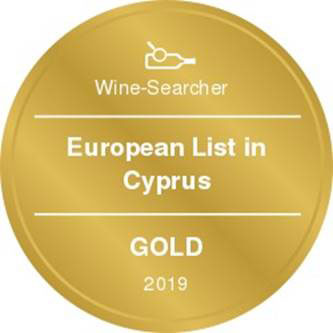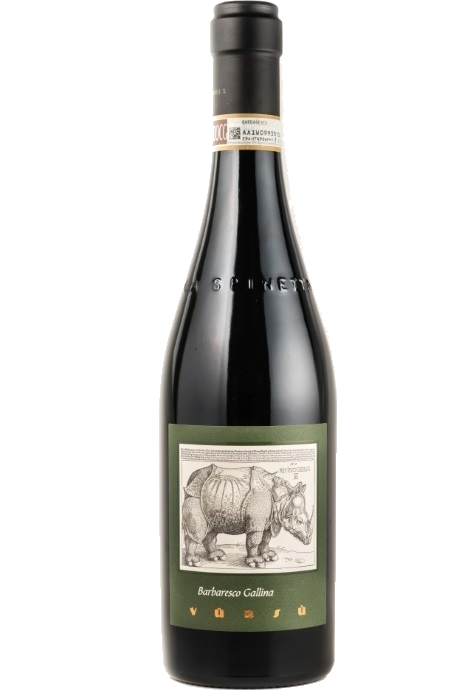LA SPINETTA BARBARESCO DOCG GALLINA 2005
Country: Italy, Piedmont
Grape varieties: 100% Nebbiolo
Grape varieties: 100% Nebbiolo
Average Production: 6.500 bottles
Vinification: Maceration and alcoholic fermentation in temperature-controlled vats for an average period of 14-15 days. Malolactic fermentation is done in French oak barrels, in which 20% are new and the remaining used (2nd passage), followed by 20-22 months of ageing. Finally, bottle-aged for about 6 months.
Alcohol: 14.5% Vol
Tasting Notes: A soft and persuasive Barbaresco. Velvety tannins and great body define this wine, which ends with a fruity finish and floral note.
Food Pairing: Risotto with Porcini mushrooms, Chicken cacciatore. Serving Temperature 16-17C
Vinification: Maceration and alcoholic fermentation in temperature-controlled vats for an average period of 14-15 days. Malolactic fermentation is done in French oak barrels, in which 20% are new and the remaining used (2nd passage), followed by 20-22 months of ageing. Finally, bottle-aged for about 6 months.
Alcohol: 14.5% Vol
Tasting Notes: A soft and persuasive Barbaresco. Velvety tannins and great body define this wine, which ends with a fruity finish and floral note.
Food Pairing: Risotto with Porcini mushrooms, Chicken cacciatore. Serving Temperature 16-17C
Product Id: 0195

For orders €100,00 and above we deliver free to your place
For orders below €100,00 delivery charge €10,00 within city limits
For orders below €100,00 delivery charge €10,00 within city limits

Nebbiolo
Nebbiolo is the grape behind the Barolo and Barbaresco wines and is hardly ever seen outside the confines of Piedmont. It takes its name from "nebbia" which is Italian for fog, a frequent phenomenon in the region.
A notoriously pernickety grape, it requires sheltered south-facing sites and performs best on the well-drained calcareous marls to the north and south of Alba in the DOCG zones of Barbaresco and Barolo.
Langhe Nebbiolo is effectively the ‘second wine’ of Piedmont’s great Barolo & Barbarescos. This DOC is the only way Langhe producers can declassify their Barolo or Barbaresco fruit or wines to make an early-drinking style. Unlike Nebbiolo d’Alba, Langhe Nebbiolo can be cut with 15% other red indigenous varieties, such as Barbera or Dolcetto.
Nebbiolo flowers early and ripens late, so a long hang time, producing high levels of sugar, acidity and tannins; the challenge being to harvest the fruit with these three elements ripe and in balance. The best Barolos and Barbarescos are perfumed with aromas of tar, rose, mint, chocolate, liquorice and truffles. They age brilliantly and the very best need ten years to show at their best.
A notoriously pernickety grape, it requires sheltered south-facing sites and performs best on the well-drained calcareous marls to the north and south of Alba in the DOCG zones of Barbaresco and Barolo.
Langhe Nebbiolo is effectively the ‘second wine’ of Piedmont’s great Barolo & Barbarescos. This DOC is the only way Langhe producers can declassify their Barolo or Barbaresco fruit or wines to make an early-drinking style. Unlike Nebbiolo d’Alba, Langhe Nebbiolo can be cut with 15% other red indigenous varieties, such as Barbera or Dolcetto.
Nebbiolo flowers early and ripens late, so a long hang time, producing high levels of sugar, acidity and tannins; the challenge being to harvest the fruit with these three elements ripe and in balance. The best Barolos and Barbarescos are perfumed with aromas of tar, rose, mint, chocolate, liquorice and truffles. They age brilliantly and the very best need ten years to show at their best.
 +357 25 76 06 08
+357 25 76 06 08














